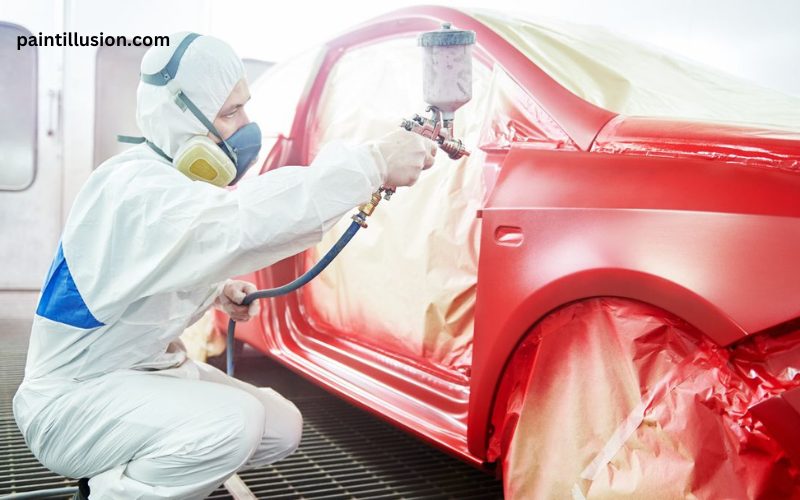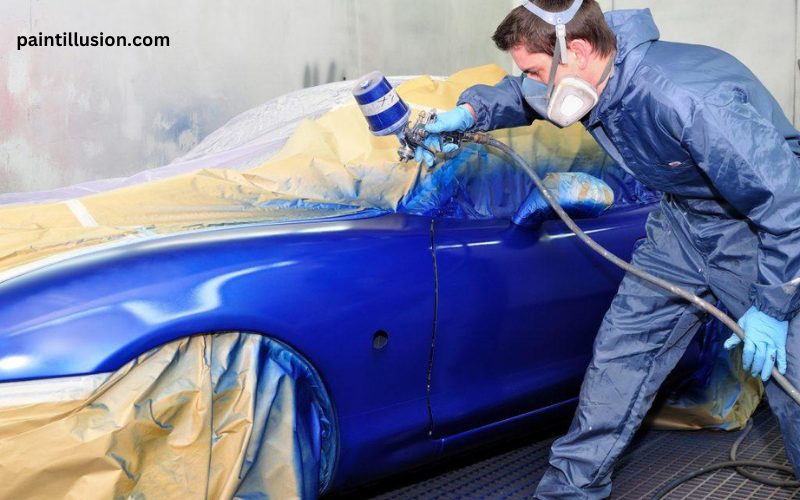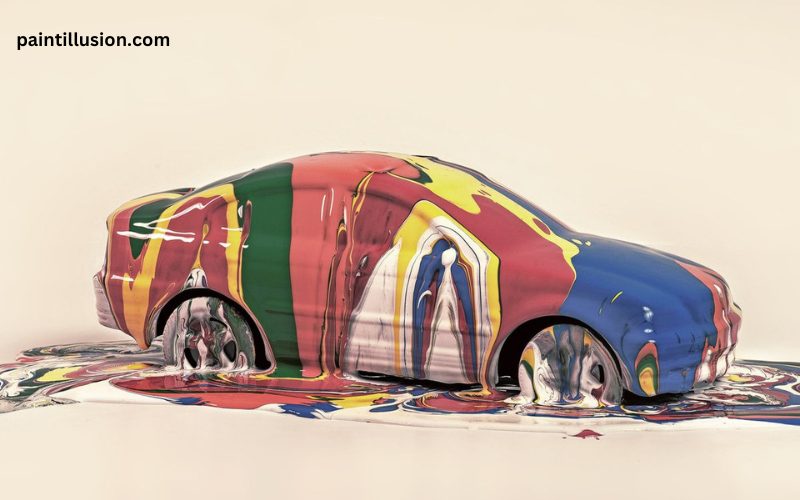When it comes to Paint a Car, proper estimation of paint quantity is crucial. Whether you’re a professional auto body technician or a DIY enthusiast, knowing how much paint you’ll need can save you time, money, and frustration. In this article, we’ll explore the factors to consider when estimating paint quantity for a car, different paint types and their coverage rates, tools and techniques for accurate measurement, tips to minimize paint wastage, a step-by-step guide to estimating paint quantity, common mistakes to avoid, and additional considerations for multiple coats and touch-ups.
Importance of Proper Paint Estimation for Car Painting
Estimating the right amount of paint needed for your car is essential for several reasons. Firstly, having an accurate estimate ensures that you purchase the correct quantity of paint, avoiding the inconvenience of running out in the middle of the job or ending up with unnecessary excess. Secondly, it helps you budget your project effectively, preventing overspending or underestimating costs. Finally, estimating paint quantity accurately allows for a smooth and flawless finish, as it ensures consistent coverage and prevents uneven or patchy areas.
Factors to Consider When Estimating Paint Quantity for a Car
Several factors come into play when estimating the amount of paint required for a car. The size and type of vehicle, the number of coats desired, the condition of the surface, and the type of paint being used are all important considerations. Larger vehicles naturally require more paint than smaller ones, and multiple coats will increase the amount needed. Additionally, cars with damaged or uneven surfaces may require additional paint to achieve a smooth finish. Understanding these factors and taking them into account is crucial for an accurate estimate.

Calculating the Surface Area of a Car for Paint Estimation
To estimate the amount of paint needed, it is important to calculate the surface area of the car. While this may seem like a daunting task, it can be simplified by breaking down the car into manageable sections. Begin by measuring the length, width, and height of each section, such as the hood, doors, and roof. Multiply these measurements to obtain the surface area of each section, and then add them together to get the total surface area of the car. This calculation will serve as the basis for determining the amount of paint required.
Different Paint Types and Their Coverage Rates
The type of paint being used is another crucial factor in estimating paint quantity. Different paint types have varying coverage rates, meaning that some require more coats or thicker application for optimal results. Water-based paints, for example, tend to have a higher coverage rate compared to oil-based paints. It is important to consult the manufacturer’s guidelines or speak with a knowledgeable paint supplier to determine the coverage rate of the specific paint you’re using. This information will allow you to calculate the quantity needed accurately.
Tools and Techniques for Accurate Paint Measurement
Accurate measurement is key to estimating paint quantity correctly. Fortunately, there are several tools and techniques available to help you achieve this. One common method is to use a paint thickness gauge, which measures the thickness of the existing paint layer. This measurement can then be used to calculate the amount of additional paint required to achieve the desired thickness. Another technique involves using a paint measuring cup or scale to measure the exact amount of paint being used. By employing these tools and techniques, you can ensure precise measurement and avoid unnecessary wastage.
Tips for Minimizing Paint Wastage During Car Painting
Minimizing paint wastage is not only environmentally friendly but also cost-effective. To avoid excessive paint usage, start by ensuring that your car’s surface is properly prepared before painting. This includes thorough cleaning, sanding, and priming, which will help the paint adhere better and require less product. Additionally, using high-quality brushes or sprayers can result in a more even application, reducing the need for additional coats. Finally, consider practicing on a small area or using a paint sample to test the color and coverage before committing to painting the entire car. These simple tips can go a long way in minimizing paint wastage.
Step-by-Step Guide to Estimating Paint Quantity for a Car
Estimating paint quantity for a car may seem complex, but by following a step-by-step process, it becomes more manageable. Start by calculating the surface area of the car, as explained earlier. Once you have this measurement, consider the coverage rate of the paint you’re using. Multiply the surface area by the coverage rate to obtain the total amount of paint required for one coat. If multiple coats are desired, multiply this quantity by the number of coats. Finally, add a little extra to account for possible touch-ups or mistakes. By following these steps, you can estimate paint quantity accurately.

Common Mistakes to Avoid When Estimating Paint for Car Painting
While estimating paint quantity for a car may seem straightforward, there are common mistakes that should be avoided. One common error is underestimating the amount of paint needed, resulting in a shortage during the painting process. On the other hand, overestimating can lead to wastage and unnecessary expenses. Another mistake is failing to consider the number of coats required, which can significantly impact the amount of paint needed. Lastly, neglecting to account for touch-ups or mistakes can leave you unprepared for unexpected issues. By being aware of these mistakes, you can ensure a more accurate estimate.
Additional Considerations for Multiple Coats and Touch-ups
When planning to apply multiple coats or considering touch-ups, additional considerations come into play. Each additional coat will require additional paint, so it’s important to multiply the estimated quantity accordingly. Likewise, touch-ups should be factored in when estimating paint quantity. It is recommended to have a small reserve of paint specifically for touch-ups to ensure a seamless finish. Taking these factors into account will prevent last-minute complications and allow for a smoother painting process.
Conclusion
Estimating the right amount of paint needed to paint a car is crucial for a successful and cost-effective project. By considering factors such as the surface area of the car, the type of paint being used, and employing accurate measurement tools and techniques, you can ensure an accurate estimate. Additionally, minimizing paint wastage, following a step-by-step guide, and avoiding common mistakes will further contribute to a smooth painting process. Remember to consider additional coats and touch-ups when estimating paint quantity, as they require additional paint. By following these guidelines, you’ll be well-prepared to paint your car with confidence and achieve a flawless finish.

